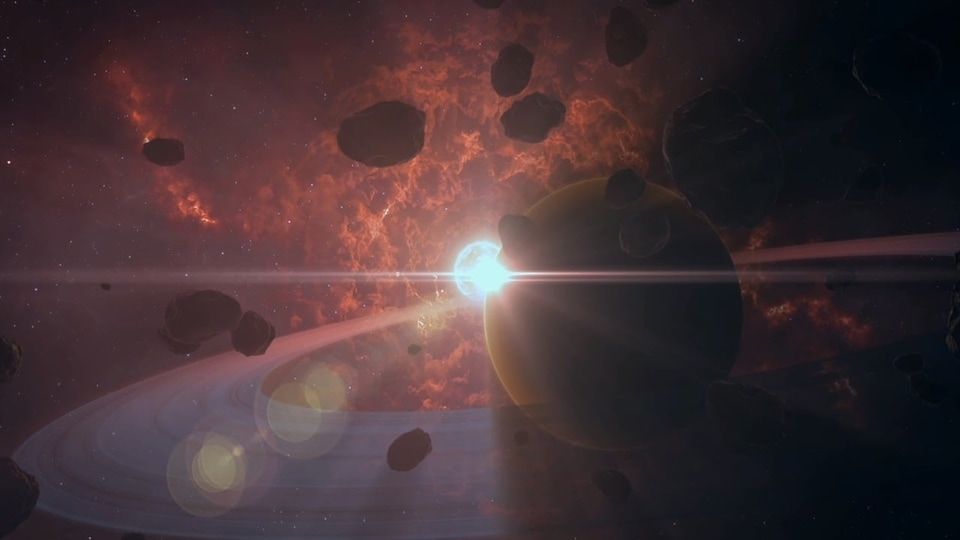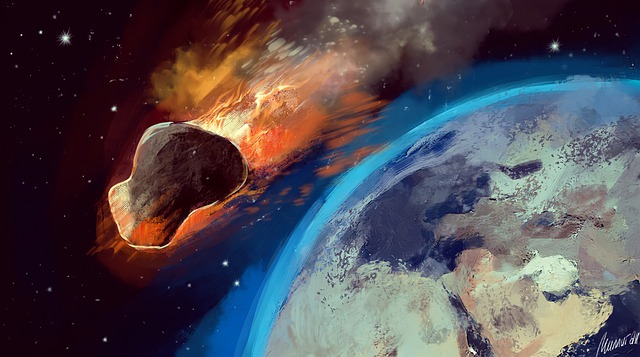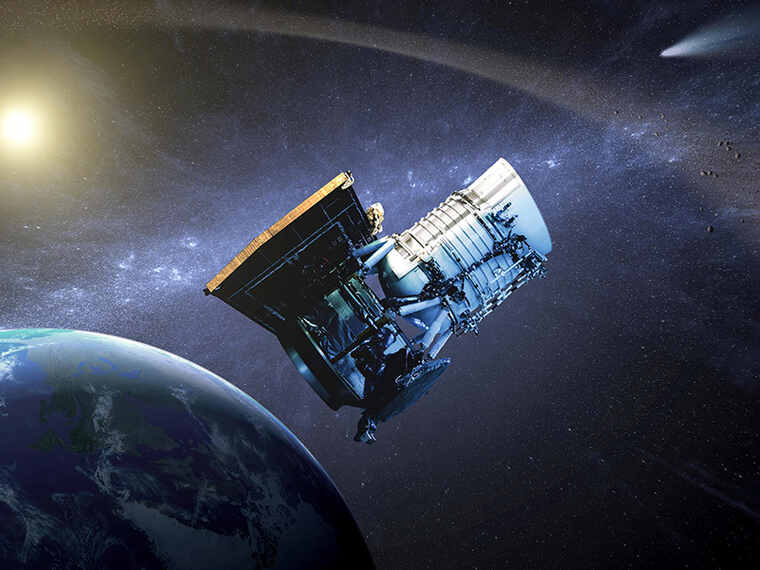From 23 feet to 230 feet, 5 asteroids tracked by NASA hurtling towards Earth
NASA has revealed details about 5 asteroids that are expected to make their closest approaches to Earth in the next few days. Know their speed, distance of approach, size, and other details here.











First Published Date: 18 May, 10:39 IST
NEXT ARTICLE BEGINS































